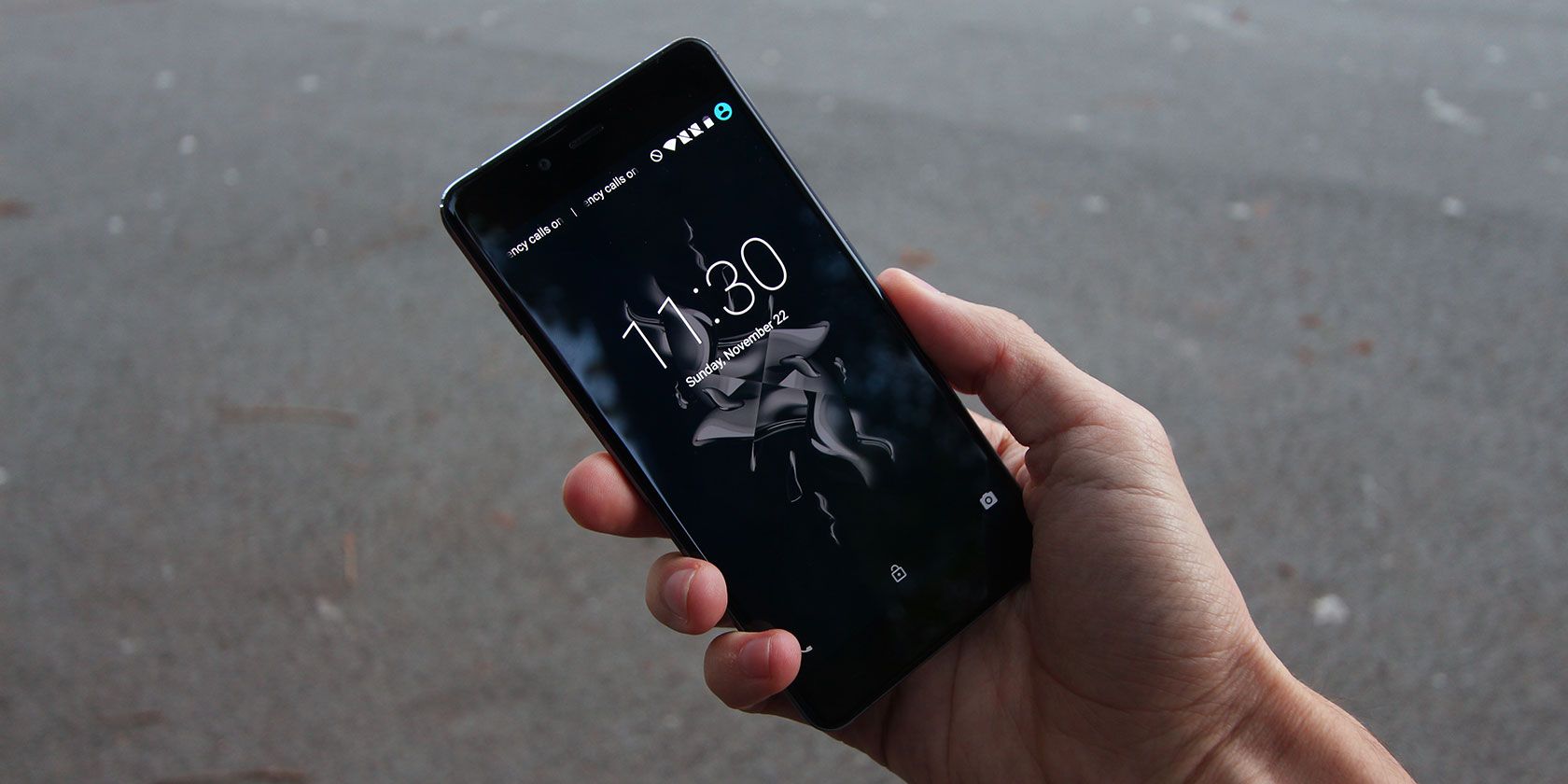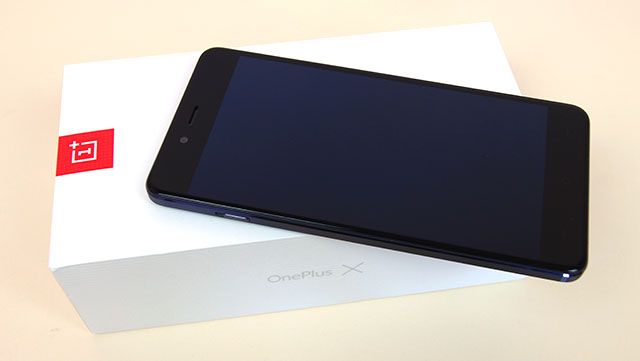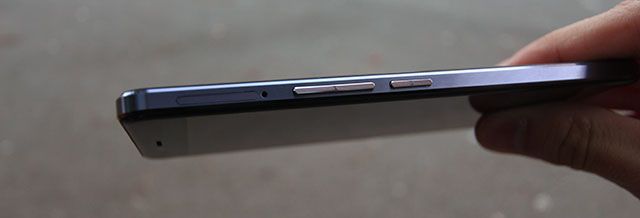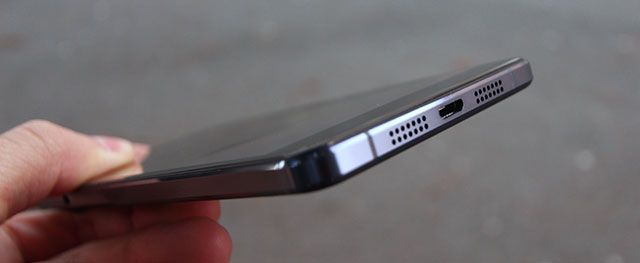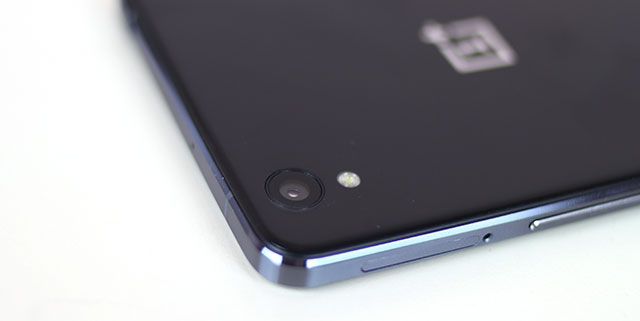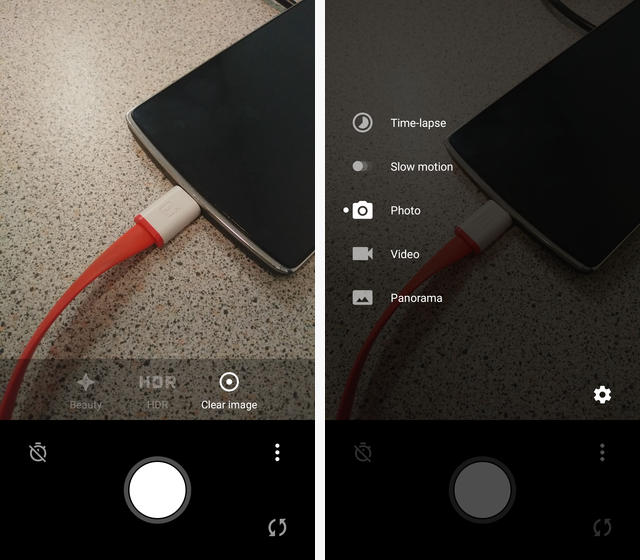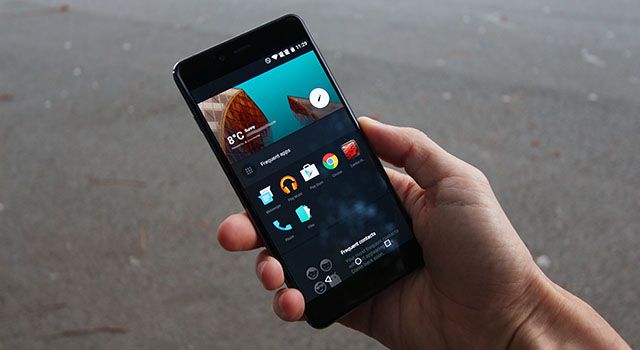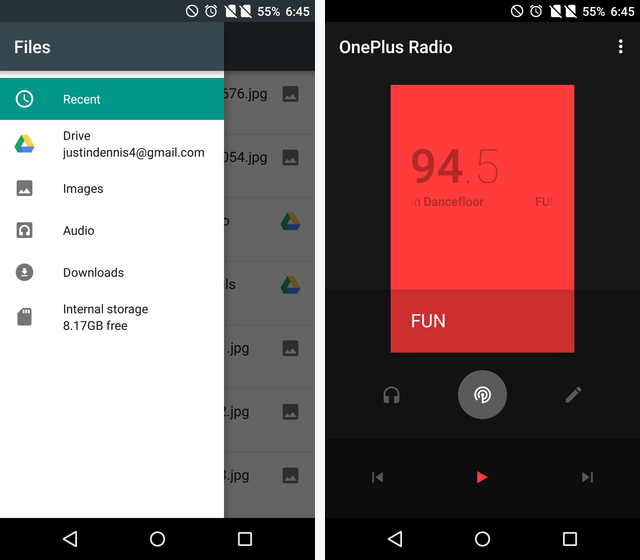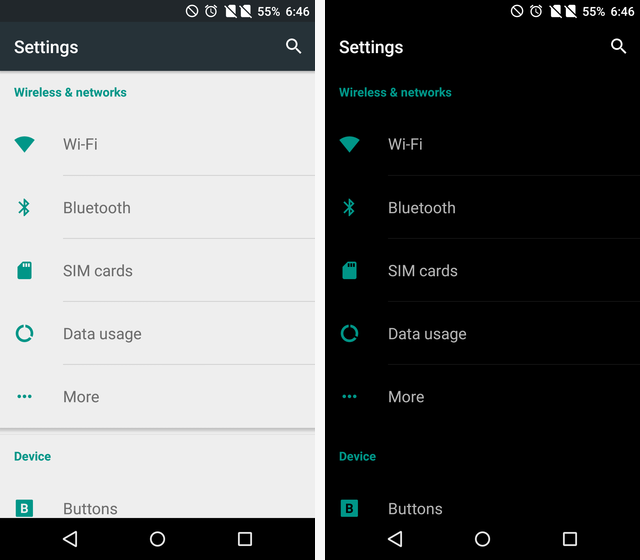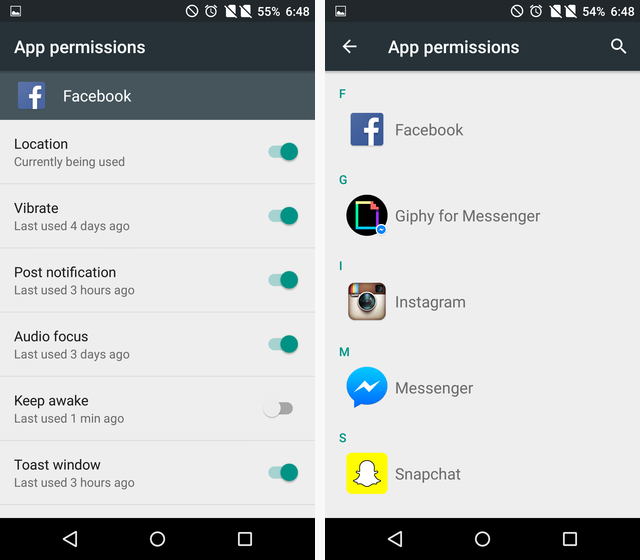OnePlus X
How do you make a single phone that pleases everyone? OnePlus seems to think that you can't. A few months after announcing their OnePlus Two "flagship killer", OnePlus released the OnePlus X, a smaller, cheaper device with some pretty major differences from the Two.
So the X is kind of a like a sequel to the OnePlus One (which we loved, even compared to other great phones), but taken in another direction. Whereas the Two will satisfy the tech-obsessed phablet-lovers out there, the X is for the average consumer who isn't obsessed with specs but still wants a solid, affordable device.
And honestly, I'm impressed. Let's take a look at everything this smartphone has to offer.
Specs
- Price: $250 (Invite currently needed to purchase)
- Dimensions: 140mm x 69mm x 6.9mm (5.5in x 2.7in x 0.27in)
- Weight: 138g (4.86oz)
- Screen: 5" 1080p AMOLED Gorilla Glass
- Processor: 2.3Ghz Quad-core Snapdragon 801 with Adreno 330 GPU
- RAM: 3GB
- Storage: 16GB
- MicroSD Card: Yes, up to 128GB
- Operating System: OxygenOS (based on Android 5.1.1 Lollipop)
- Battery: Non-removable 2,525 mAh Lithium-ion Polymer
- Cameras: 13MP rear-facing with f/2.2, and 8MP front-facing with f/2.4
- Extras: Alert slider, LED notification light, Dual Nano-SIM slots, FM Radio, included rubber phone case
- Color: Onyx
Hardware
OnePlus talks a big game about their craftsmanship, but I'd be lying if I said they were all hype. This really is a gorgeous phone. Straight out of the box, it just looks like a professional, high-end device. You might expect that if you were buying a $700 iPhone or Samsung device, but this is a $250 phone from a relatively unknown Chinese manufacturer.
Usually for that price, you get squeaky plastic and weak MediaTek processors -- but not with the OnePlus X. You're really getting a premium device at a budget price, especially in the hardware department.
Though some of this polish is surely due to the fact that it looks a bit like the iPhone 4 and 5. It has the size and the brushed aluminum sides of the iPhone 5 with the backplate made of glass like the iPhone 4, and the camera in the top corner isn't helping any comparisons.
Still, if you can look past the similarity to the older iPhones, it's a very nice Android handset.
The power button, volume rocker, and SIM card/microSD card slot are all on the right side of the device.
Also, take note that even though this is a dual-SIM device, you can't use two SIM cards if you plan on using a microSD card to expand your storage, because the microSD card goes in the second SIM card slot.
On the top of the phone, you'll find a headphone jack as usual. The left side is home to a new "alert slider", which may seem foreign to Android users but might seem familiar to, well, iPhone users.
The biggest difference is that this alert slider has three levels rather than the iPhone's two. They correspond to Android Lollipop's new notifications controls: All notifications, Priority only, or No notifications. With the alert slider set, you can't leave any of those three levels without physically moving it -- so accidental volume button presses won't unmute your device.
For me, this is pretty useless since I leave my phone constantly on the no notifications option, but if you switch between them a lot, I could see it being an easy way to change without having to open up your phone and change settings. Though three levels makes it a tad more cumbersome than that iPhone's simple switch.
Along the bottom, you'll find a regular microUSB port (not the new Type-C that you'd find in the OnePlus Two) and dual speakers -- but more on those later.
There are hardware capacitive keys -- Back, Home, and Recents -- but you can disable those and use the on-screen software keys if you prefer.
Screen
This screen is gorgeous. I know a lot of reviewers say that about a lot of phones, but this screen has really blown me away. It's bright and visible in direct sunlight, the colors absolutely pop off the screen thanks to the AMOLED display, and cramming a 1080p display onto a 5" screen gives it a high 441PPI (a 2K screen would just be overkill).
In fact, just using it side-by-side with my OnePlus One really makes me want to upgrade. You can see them compared above, with the X on the right and the One on the left -- both at full brightness. This may be a budget device, but the screen is not an area where they cut corners.
Speakers
Placed along the bottom of the phone, your hand will likely cover the speakers if you're holding the phone in landscape mode -- but at least they're not on the back. Sadly, they seem a bit quieter than the speakers on my OnePlus One. You might need to get crafty making your own DIY smartphone speakers.
Camera
Wiht a 13MP f/2.2 camera on the back and an 8MP f/2.4 camera on the front, you won't be disappointed with the photos here (well, really, they're 12.4MP and 7.6MP respectively). These are in a 4:3 ratio, though; if you want 16:9 photos, you'll be reduced to 8MP on the back and 2MP on the front.
Above, you can see what the camera app itself looks like. It's very simple and easy to get used to. You have options for Clear Image (OnePlus's algorithm for getting high megapixel shots), HDR, and Beauty mode. Swipe in from the left, and you can use a time lapse mode or take slow motion video (though only in 720p).
You can see a sample shot I took with the rear-facing camera above on a cloudy day (cropped, of course, cause that 4:3 aspect ratio is way too tall). For this price, it's really the best camera you're going to get, and it's an impressive camera for any price range.
But that's enough little bits and pieces -- let's take a look at the software that powers this beast.
Oxygen OS
The OnePlus One launched with CyanogenMod, but relations between the two companies quickly soured, and OnePlus was forced to develop their own in-house operating system, which they dubbed Oxygen OS. It's currently based on Android 5.1 Lollipop, and while OnePlus has said that the Two will be updated to 6.0 Marshmallow in the first quarter of 2016, they haven't said anything about the X yet -- though I'm sure we can expect an update by Q1 or Q2.
Until then, though, the software here really isn't bad. Oxygen OS keeps it simple, only changing small things. It's not like Samsung's heavy-handed TouchWiz skin -- it's more like a little polishing of stock Android.
One of the most noticeable differences comes when using the default launcher (though you could use an alternative launcher), because there's an HTC Blinkfeed-like stream that lists your frequently used apps and can hold widgets.
You get two apps not available on stock Android: a file explorer called Files and an FM radio app called OnePlus Radio. If FM Radio is your thing, it works great and has a lovely, modern interface.
In the Settings, you can switch between a light and a dark interface. The dark interface, as it uses a pure black background, should help to save battery with the AMOLED screen. With the dark interface selected, you can also change the accent color to personalize your device a bit more.
And OnePlus even gives you the option to control individual permissions for your apps under App Permissions. This is very much like the hidden App Ops from KitKat, and should allow you to take control of your permissions.
Battery Life
I was worried when I saw that the X would have such a significantly smaller battery than the Two -- only 2,525mAh? But in real world usage, it didn't turn out to be too bad. In fact, I'd say it was on par with my OnePlus One, which I'm very happy with in the battery department.
Heavy, heavy usage could kill the phone before the end of the day, but on an average day I made it to bed with 30% battery or more left. Battery life is definitely not an issue here.
Performance
This is another area where you might expect the X to be inferior to the Two, but the Snapdragon 801 inside of it really chugs along. Plus with 3GB of RAM, I haven't had the phone hesitate at all when switching betweens apps or playing games. Plus, it stayed relatively cool the whole time.
If you're worried that the X is underpowered and feels like a budget device -- don't be. This is a flagship hiding under a budget price, and it can handle anything that the other top devices can.
Price
This is the category where the X really knocks it out of the park. At only $250, you really won't find a better deal on a smartphone -- except for maybe the Moto G.
Still, I've played with a Moto G before, and the OnePlus X really feels a lot more premium. OxygenOS is lightly done, just as Motorola's skin is, but the hardware is more solid. You also get much nicer cameras, more expandable storage space, and more RAM with the X.
Should You Buy It?
I'm beyond impressed with this phone. You won't get a fingerprint sensor like the OnePlus Two, and it has slightly lower specs, but the ability to add expandable storage is a huge plus. Overall, it feels like a flagship smartphone with a super low price. How could you not love it?
The only trouble is actually buying it. OnePlus is notorious for its invite system, and the OnePlus X currently requires an invitation to purchase. Getting an invitation isn't hard, though -- simply check out their website and add your email to the waiting list.
Note that there have been reports of 4G LTE not working in the United States, so be sure to verify compatibility with your carrier before purchasing. This OnePlus X was tested in France and connected fine to 3G, HSPA+, and 4G LTE networks.
[recommend]If you're looking to buy a cheap phone off-contract, and you're willing to wait a bit to get an invite, definitely buy this phone. It has the best specs for its price range, and it's an extremely well-built device.[/recommend]
Send your products to be reviewed. Contact James Bruce for further details.

